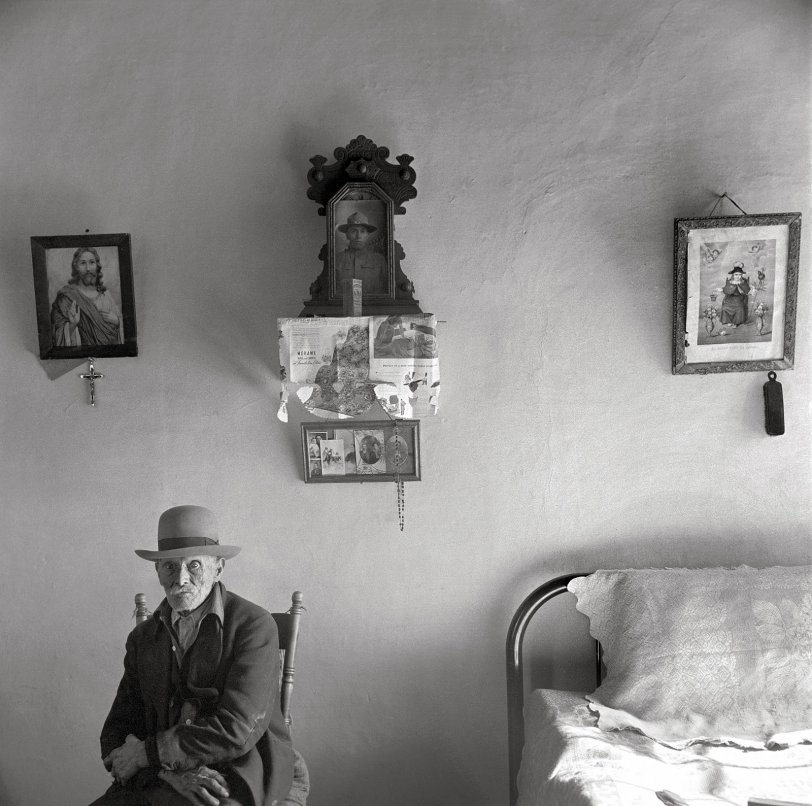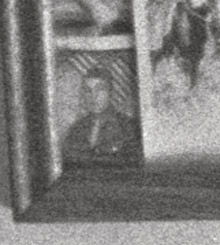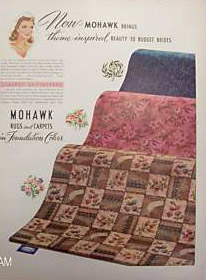


Framed or unframed, desk size to sofa size, printed by us in Arizona and Alabama since 2007. Explore now.
Shorpy is funded by you. Patreon contributors get an ad-free experience.
Learn more.

- Lofty addition
- In 1912
- Keenan Building
- Six years old
- Taken from the P.J. McArdle Roadway?
- It stood only 47 years
- Three track mind
- Incline to the right
- Reach for the sky, 1912 style
- No clean sweep
- Same Job Title, Same Face
- Sadly Lost
- Beautiful ...
- Where you get your kicks
- Aim High
- Pueblo Revival sisters
- Pueblo Neoclassicism
- Milk Man
- Regional dialect.
- Spielberg's inspiration
- Great Photo
- Loaf Story
- Do you still have the Rakes category?
- Could almost be a scene from the 1957 movie 'Hell Drivers'
- The Wages of Fear.
- Conspicuous by their absence
- Got Milk?
- All that aluminum
- No lefties
- Smoke 'em if you've got 'em
Print Emporium
Ninety-Nine: 1943

January 1943. Trampas, New Mexico. "Grandfather Romero, a member of the family of Juan Lopez, the majordomo, is ninety-nine years old." Medium-format nitrate negative by John Collier, Farm Security Administration. View full size.
100?
Did he make it to 100? Inquiring minds still want to know.
The soldier isn't WWII
It is hard to make out exactly, but that soldier is WWI, or possibly Spanish-American. The hat has the Montana peak, which was standardized after the Spanish-American War to prevent water from pooling atop the hat.
[You're looking at the wrong photo. - Dave]

Religious home
To the left below the picture of the Sacred Heart of Jesus is a crucifix with a skull and crossbones. You don't see this very much except on very old crucifixes. From the Catholic Bulletin comes this explanation for the skull and crossbones:
Pious legend held that Adam was buried at Mount Calvary and so the skull-and-crossbones symbolizes Adam. The skull-and-crossbones also symbolizes death and so putting one at the base of a crucifix symbolizes Christ's triumph over death through death.
To the right over the bed is a picture of Santo Niño de Atocha.
Growing up as children in El Paso Texas we usually had a crucifix, picture or statue of our patron saint above our beds to watch over us as we slept.
The rosary around the frame is at arm's length from the bed where Mr Romero probably prayed just before he went to sleep. My familiarity with the way the photos are arranged in this cluster was generally to pay homage to people that had died. Other photos would usually be elsewhere on display in other parts of the room. I might assume that the man in the frame was a relative that was killed in war. There is a sense of humble modesty in older generations that keep them from putting pictures of themselves in such a prominent place.
I'm 44 but I recall when I was a kid that a particular aunt of mine would keep a picture of my uncle (her brother who was killed in WWII) in a frame along with small pictures of Our lady of Guadalupe, Santo Niño, several relatives that had passed, funeral cards, , palm fronds, from Palm Sunday, folded into small crosses, a candle and, yes, a picture of John F Kennedy. This is also where she kept her rosary.
Beautiful Photograph !
That is beautifully composed picture......wonderful art.
Good job, Dave!
The additional enlargement of the soldier enabled me to see that the scrollwork on the glass does indeed extend down over his body, which I had not been able to discern before, and that the photo must be behind the glass of the clock after all. My bad, and so much for my wicker chair theory, but they do turn up in such photos regularly. Do you ever get the feeling that you're sitting in a lifeguard's chair by the side of the plunge, wondering when the next confused soul is going to get in too deep and need rescuing? Thanks for your patience and good humor.
Another military man
Among the photos in the recycled kitchen clock door turned picture frame is one of a young man also in US military uniform. He posing in front of the US flag. The photo appears to be circa WWII.
Of Clock Glasses, etc.
I'm still going with the glass in the picture frame having come from the clock. Its ornament is typical for Ansonia and Waterbury mantel clocks of the 1870s. And, although the scrollwork behind the soldier does resemble the sort of gilded linework that one might see on a clock glass, the photograph is opaque, and does not allow one to see anything of the clock face or pendulum behind it, and there is definitely no glass in front of the photo as seen.
[Three things I will note from the detail below. First, the painted design is obviously not part of the photo of the soldier. Second, it fits exactly over the clock face. Third, the glass down below wouldn't fit the clock, as you can see where I've superimposed it. - Dave]

Clock bits!
That frame under the clock with photos is the whole door of an old kitchen clock! The hinges look like they're still on it, and the glass is in it too!
That top clock is closer to 1890 from the looks of it.
Tonic
What's the box in front of the clock? Looks like a patent medicine carton.
Ansonia clock
Looks like an Ansonia of New York clock. We have one hanging in our kitchen that has almost the same scrollwork and glass decoration. It was a wedding gift to my husband's grandparents around 1914 in Cuba.
http://www.antiqueansoniaclocks.com/Ansonia-Clock-Model-Names.php
The Clock, Cont'd
If you look closely at the photo in the clock, you can see the decorative scrollwork that would have framed the clock face and run down into the pendulum area. Perhaps a different clock glass was used for the photo frame beneath the shelf.
[I think you're right. - Dave]
Recycled Clock Glass
On closer inspection, the glass from the bracket clock was removed and cut down to protect the family album photos in the small frame hanging beneath the clock bracket. The gilded lines on the clock glass overlay most of the photos in the frame, except the postcard photo at left of a cowboy on horseback tending cattle, which is tucked into the frame over the glass.
Personal Shrine
It appears that Sr. Romero or a family member assembled his favorite photos on and around the wall bracket decorated with a cut-magazine paper valance. The photo at top center of a young man in uniform looks quite like him, except that it appears to date from the Spanish American War, and he would have been 54 in 1898. Perhaps it is his son. That photo covers the glass face of an 1870s bracket clock, which is thereby converted to a fancy picture frame for the portrait that has the place of honor in the group.
Shelf Paper
It appears to be a newspaper page that someone has folded and cut to make a sort of decorative border. Almost looks like a paper doily.
[They're pages from a magazine that look like they've been trimmed with pinking shears. Color ads for Mohawk carpets (on the left) and a mattress ad with busty babe. - Dave]

Contrasts
The bare room, the torn newspaper (probably reminding the gentleman of past adventures), that gorgeous pillow cover. Together they tell a story of the art of living and of loving what you have. Wonderful composition.
[That's no torn newspaper. It's some pre-Martha Stewart craftiness. - Dave]

























On Shorpy:
Today’s Top 5